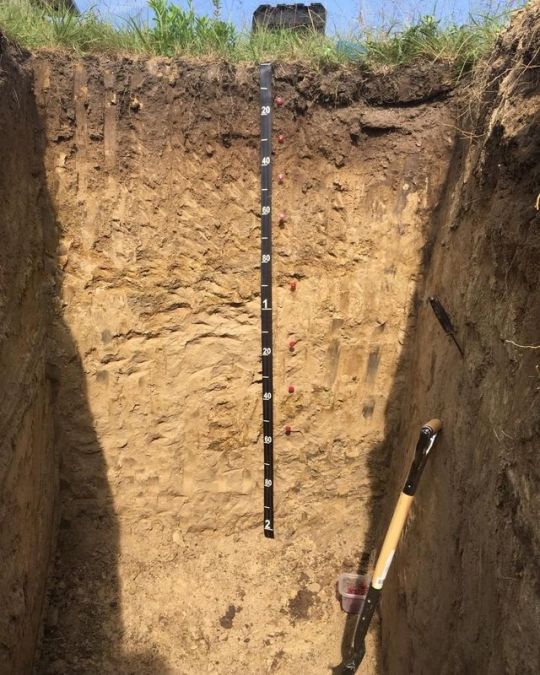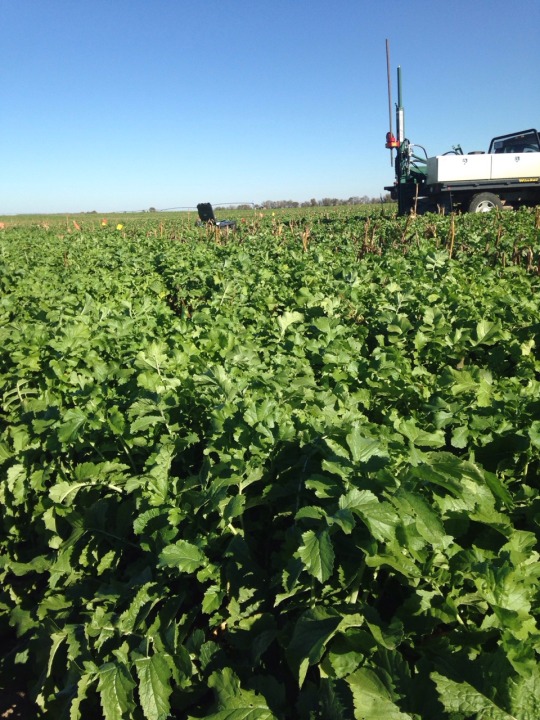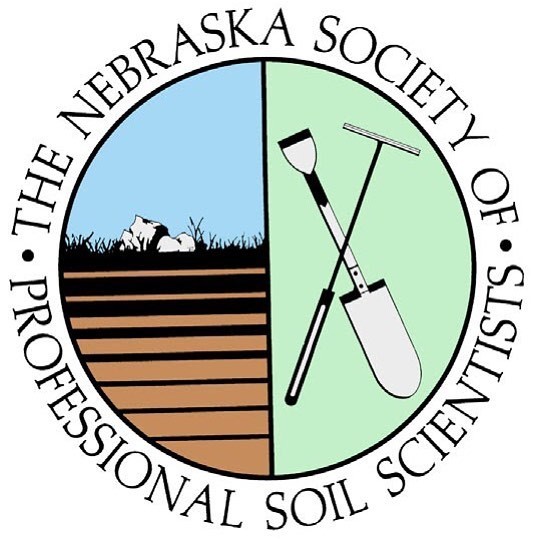Text
Student Intern position in the NRCS Soil Survey office in Lincoln, NE (and other locations) for this summer.
0 notes
Text
undefined
youtube
National Soil Survey Center, Lincoln, Nebraska.
0 notes
Photo

Sunflowers in Otoe County. #wildflower #sunflower
1 note
·
View note
Photo

Liatris(Gayfeather) at Rockford Lake State Recreation Area. #wildflower #liatris #gayfeather
1 note
·
View note
Photo

Malcolm soil sample pit. #soilscience #soilsurvey #soilsampling
0 notes
Photo

Migration time! About 50 Turkey Vultures perched on the Hickman water tower in October. #migration #turkeyvulture #turkeyvulturesofinstagram
1 note
·
View note
Link
0 notes
Photo

Sampling a Hastings silt loam for the #soilmonitoringnetwork in a field of ridge till corn with a radish/turnip cover crop. Makes for very difficult walking.
0 notes
Photo

Soil color at different depths across the contiguous United States
587 notes
·
View notes
Text
NEON launched to monitor changing ecology of the U.S.
youtube
The National Ecological Observatory, dubbed NEON, is the most comprehensive, long-term effort ever to record what’s happening to the land, air and living things in the U.S.! Funded by the National Science Foundation, NEON will gather long-term data on the biosphere to changes in land use and climate, and interactions with the geosphere, hydrosphere and atmosphere. Data will be collected by automated sensors, airborne remote sensing and technicians in 20 NEON regions, or ‘domains,’ over 30 years-time. Scientists and the public everywhere can freely access the data via the Internet.
7 notes
·
View notes

